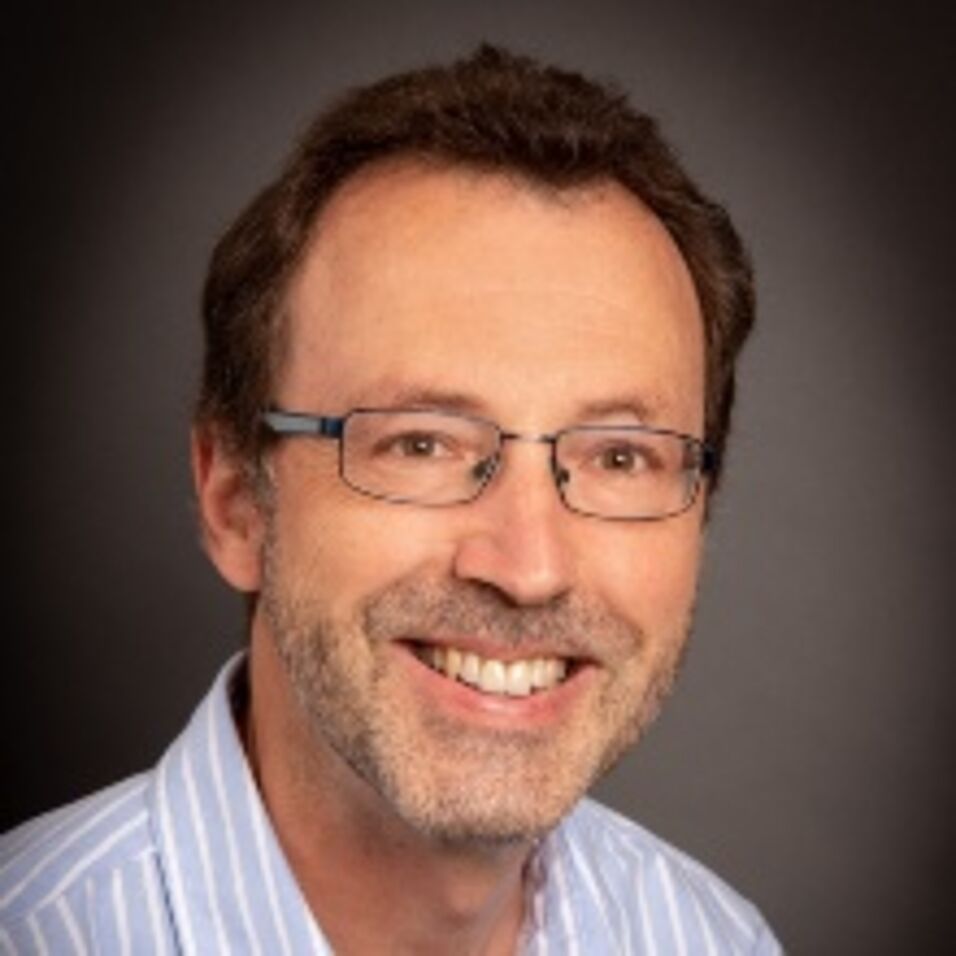Speaker: Peter Michler (University of Stuttgart)
Time & Date: Thursday, April 21, 2022, starting at 11:30 CEST
Location: Josef Stefan lecture hall (Boltzmanngasse 5, 3rd floor, room 3329)
Host: Philip Walther
Abstract
Many quantum communication schemes require sources of single, indistinguishable and entangled photon pairs with high brightness. Semiconductor quantum dots (QDs) hold great promise to meet these requirements. In many foreseen implementations of quantum photonic networks, photons must be able to propagate over long distances in silica fibers with limited absorption and wave packet dispersion. When propagating into silica fibers, photons in the so-called telecom C-band (1530 – 1565 nm) will experience the absolute minimum of absorption whereas in the O-band (1260 – 1360 nm) they can travel with vanishing dispersion together with limited absorption.
In this talk we report about recent highlights achieved with quantum dots emitting in the telecom O- and C-band [1,2]. This includes bright Purcell enhanced single-photon sources in the telecom O-band based on quantum dots in circular Bragg gratings [2] and the study of resonance fluorescence of single In(Ga)As QDs emitting in the telecom C-band [3]. Moreover, we present an efficient and stable fiber-to-chip coupling, which enables the injection of single photons from telecom quantum dots into a silicon-on-insulator chip [4].
From a general perspective, in a similar way as classical computing benefited by the reduction of the device footprint, enabling the realization of highly complex chips, a range of quantum applications will sensibly improve thanks to the realization of on-chip quantum photonics. This talk also reviews some of the recent progress achieved with GaAs based photonic integrated circuits [5].
References:
[1] S. L. Portalupi, M. Jetter and P. Michler, InAs quantum dots grown on metamorphic buffers as non-classical light sources at telecom C-band: a review, Semicond. Sci. Technol. 34, 053001 (2019)
[2] S. Kolatschek, C. Nawrath, S. Bauer, J. Huang, J. Fischer, R. Sittig, M. Jetter, S. L. Portalupi and P. Michler, Bright Purcell enhanced single-photon source in the telecom O-band based on a quantum dot in a circular Bragg grating, Nano Lett. 21, 7740 (2021)
[3] C. Nawrath, H. Vural, J. Fischer, R. Schaber, S. L. Portalupi, M. Jetter and P. Michler, Resonance fluorescence of single In(Ga)As quantum dots emitting in the telecom C-band, Appl. Phys. Lett. 118, 244002 (2021)
[4] S. Bauer, N. Hoppe, D. Wang, C. Nawrath, J. Fischer, N. Witz, M. Kaschel, C. Schweikert, M. Jetter, S. L. Portalupi, M. Berroth and P. Michler, Achieving stable fiber coupling of quantum dot telecom C-band single-photons to an SOI photonic device, Appl. Phys. Lett. 119, 211101 (2021)
[5] S. Hepp, M. Jetter, S. L. Portalupi and P. Michler, Semiconductor quantum dots for integrated quantum photonics, Review in Adv. Quantum Technol. 2019, 1900020.

